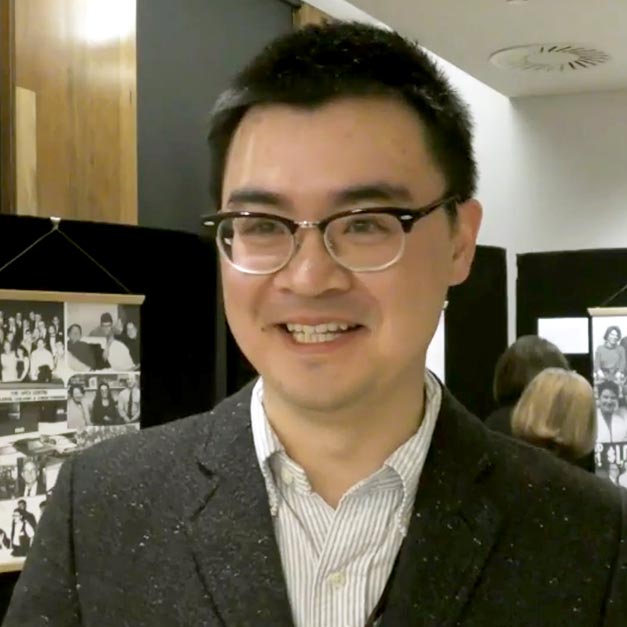In 2019 Dr. Han Shen of the University of Sydney proposed an innovative study into the impact of glycolysis, hypoxia, and circadian rhythm on radiotherapy treatment to high grade gliomas. Its impact would be to possibly refine how we administer radiation to patients in the hopes of improving one of the oldest and most effective treatments to brain cancers. This project was approved for funding by the DIPG/DMG Collaborative and The Cure Starts Now and here are his results:
Hypoxia, metabolism, and the circadian clock: new links to overcome radiation resistance in high-grade gliomas
Abstract
Radiotherapy is the cornerstone of treatment of high-grade gliomas (HGGs). It eradicates tumor cells by inducing oxidative stress and subsequent DNA damage. Unfortunately, almost all HGGs recur locally within several months secondary to radioresistance with intricate molecular mechanisms. Therefore, unravelling specific underlying mechanisms of radioresistance is critical to elucidating novel strategies to improve the radiosensitivity of tumor cells, and enhance the efficacy of radiotherapy. This review addresses our current understanding of how hypoxia and the hypoxia-inducible factor 1 (HIF-1) signaling pathway have a profound impact on the response of HGGs to radiotherapy. In addition, intriguing links between hypoxic signaling, circadian rhythms and cell metabolism have been recently discovered, which may provide insights into our fundamental understanding of radioresistance. Cellular pathways involved in the hypoxic response, DNA repair and metabolism can fluctuate over 24-h periods due to circadian regulation. These oscillatory patterns may have consequences for tumor radioresistance. Timing radiotherapy for specific times of the day (chronoradiotherapy) could be beneficial in patients with HGGs and will be discussed.
Conclusions
HGGs are fast-growing, aggressive tumors with few treatment options. Radiotherapy is a first-line treatment option, though radioresistance commonly develops in HGGs and this is at least partially due to hypoxia and activation of the HIF pathway. HIF is also known to regulate the expression of genes involved in glycolysis and maintaining stemness of HGGs. Recent work has uncovered links between the circadian clock and HIF pathway while the circadian pathway has been found to drive proliferation, survival and stemness in GSCs. Although there are a large number of studies focusing on all these abovementioned aspects, little is known about how HIF and circadian rhythms may interact on a mechanistic level, and how this interaction further modulates tumor metabolism and contributes to radioresistance in HGGs. The relationship between tumor metabolism, circadian rhythms and HIF is complex and future studies should focus on how these key pathways interact to affect the radiosensitivity of HGGs so that clinical outcomes can be further improved.


